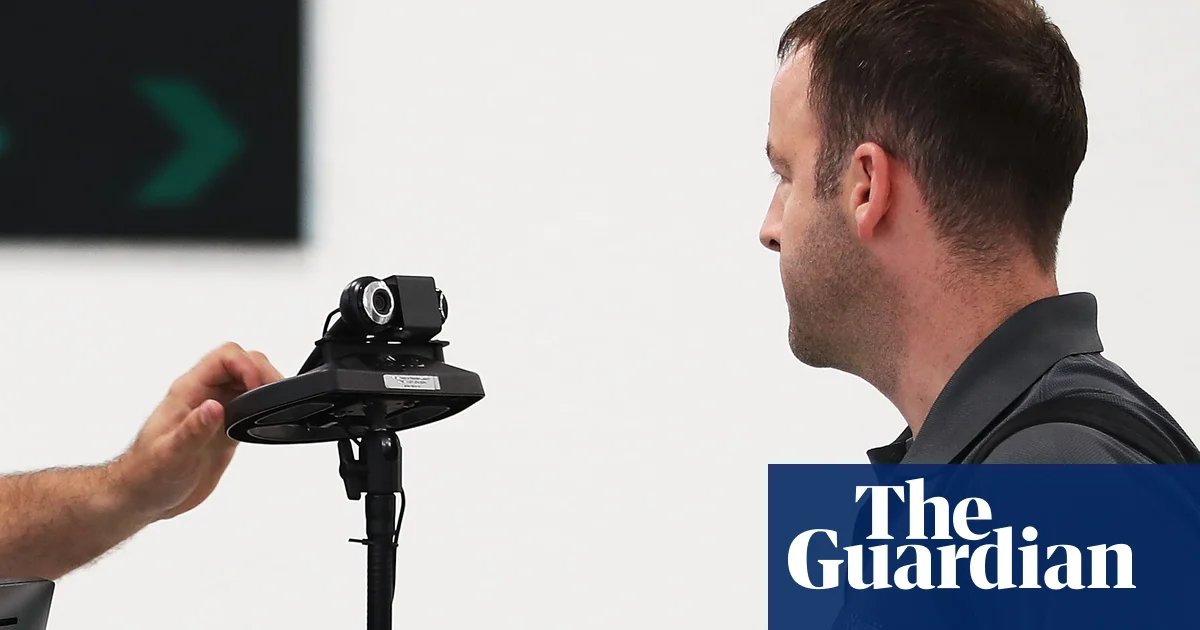The US will expand the use of facial recognition technology to track non-citizens entering and leaving the country in order to combat visa overstays and passport fraud, according to a government document published on Friday.
A new regulation will allow US border authorities to require non-citizens to be photographed at airports, seaports, land crossings and any other point of departure, expanding on an earlier pilot program. Under the regulation, set to take effect on 26 December, US authorities could require the submission of other biometrics, such as fingerprints or DNA, the document said.
after newsletter promotion
It also allows border authorities to use facial recognition for children under age 14 and elderly people over age 79, groups that are currently exempted. The tighter border rules reflect a broader effort by Donald Trump to crack down on illegal immigration. While the Republican president has surged resources to secure the US-Mexico border, he has also taken steps to reduce the number of people overstaying their visas. The growing use of facial recognition in US airports has raised privacy concerns from watchdog groups worried about overreach and mistakes. A 2024 report by the US Commission on Civil Rights said tests had shown facial recognition was more likely to misidentify Black people and other minority groups.
The Congressional Research Service estimated in 2023 that about 42% of the 11 million immigrants in the US illegally at the time had overstayed a visa. Congress in 1996 passed a law mandating the creation of an automated entry-exit system, but it has never been fully implemented.
US Customs and Border Protection already uses facial recognition for all commercial air entries but only employs it to record exits at certain locations, the regulation said. CBP estimates that a biometric entry-exit system can be fully implemented at all commercial airports and seaports for both entry and exit within the next three to five years.
Quick Guide
Contact us about this story
Show

The best public interest journalism relies on first-hand accounts from people in the know.
If you have something to share on this subject, you can contact us confidentially using the following methods.
Secure Messaging in the Guardian app
The Guardian app has a tool to send tips about stories. Messages are end to end encrypted and concealed within the routine activity that every Guardian mobile app performs. This prevents an observer from knowing that you are communicating with us at all, let alone what is being said.
If you don’t already have the Guardian app, download it (iOS/Android) and go to the menu. Select ‘Secure Messaging’.
SecureDrop, instant messengers, email, telephone and post
If you can safely use the Tor network without being observed or monitored, you can send messages and documents to the Guardian via our SecureDrop platform.
Finally, our guide at theguardian.com/tips lists several ways to contact us securely, and discusses the pros and cons of each.


Leave a Reply